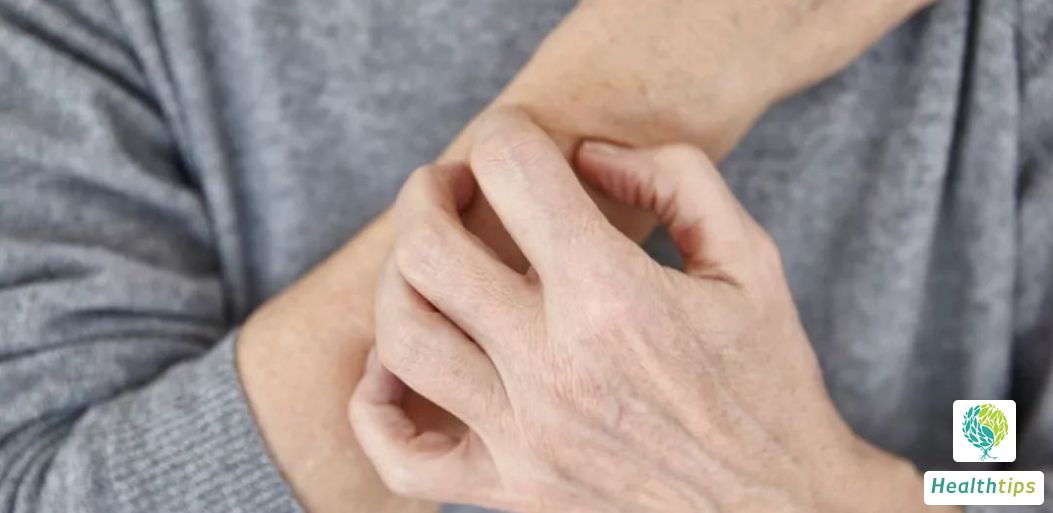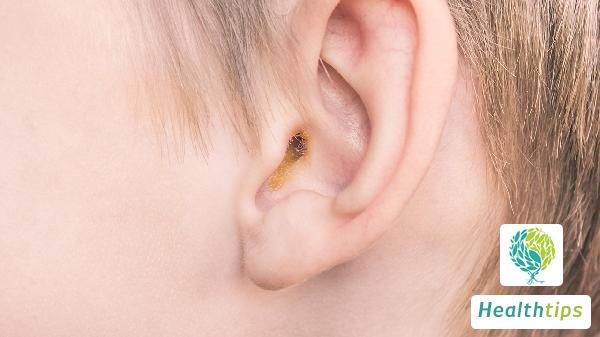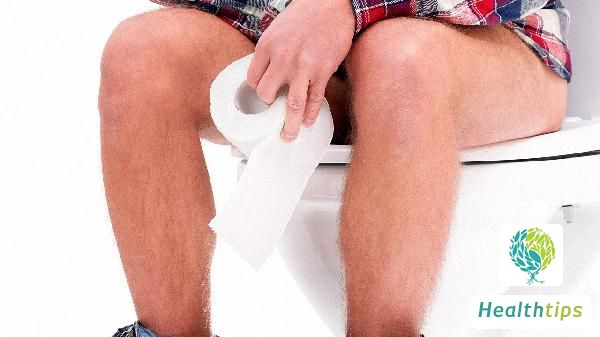What do the different colors of Gua Sha represent?

Different colors of scraping represent different issues and the severity of the illness. For example, if the color after scraping is relatively light, it indicates that the body's problem is not very significant. If the color is bright red, it suggests that the body has a certain degree of inflammation. If there is blood stasis after scraping, it indicates that the body has a cold condition with severe blood stasis issues.
After scraping, the scraped area will appear with different colors of sha. The darker the color, the more severe the illness and the longer the course of the disease. For healthy individuals, after scraping, there will be a small amount of red sha, and the sha spots belong to a slight sha condition. If there is stagnation in the body, the color will appear purple-red with relatively dense sha patterns. If the color of the sha is bright red, it indicates that the body has heat or inflammation. If the sha appears dark blue, it indicates that the body not only has blood stasis but also a cold condition, and the meridians have already experienced severe stagnation. This condition has been present for a long time, and the body is already in a state of illness.
The main effects of scraping include regulating qi and blood, relaxing muscles and promoting collateral flow, dissipating blood stasis, and eliminating toxins. In addition, scraping different parts of the body can have different effects. For example, scraping the neck can activate blood flow and relax muscles, and when scraping the neck during a cold, it can dispel wind and detoxify. Scraping the head can nourish the brain and aid in sleep, as well as relieve headaches. Scraping the hands and feet can promote qi flow and collateral flow, and it is particularly effective for patients with cold hands and feet. Scraping around the eyes can brighten the eyes, improve the circulation of qi and blood around the eyes, and relieve visual fatigue and dryness.



















